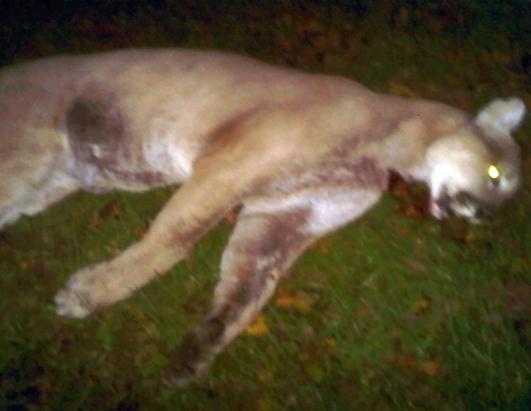
Just before the heat wave, when Dr Harley took notice of the stunning weather forecast, he thought of low tide at noon, cooking up the mussels, starfish and barnacles on display. A study by an international team of climate researchers found that it would have been virtually impossible for such extremes to occur without global warming. Hundreds of people died last week when the heat wave parked over the Pacific Northwest. Such extreme weather conditions will become more frequent and intense, scientists say, as climate change, caused by the burning of fossil fuels by humans, wreaks havoc on animals and humans.
#WAVE KILLED WILDLIFE MASSE SERIES#
If you factor in the other creatures that live in the mussel beds and on the shore – barnacles, hermit crabs and other crustaceans, various worms, tiny sea cucumbers – the death toll easily exceeds one billion, a he declared.ĭr Harley continues to study the damage and plans to publish a series of articles. He estimated the losses for the mussels alone at hundreds of millions. Harley first looked at the number of blue mussels living on a particular shoreline, what part of the area is good habitat for mussels, and what fraction of the mussels he observed died. ÂIt sounds like one of those post-apocalyptic movies,â said Christopher Harley, a marine biologist at the University of British Columbia who studies the effects of climate change on coastal marine ecosystems. freshwater, according to a preliminary estimate and interviews with scientists. The combination of extraordinary heat and drought that hit the western United States and Canada over the past two weeks has killed hundreds of millions of marine animals and continues to threaten countless species of seafood. Sockeye salmon swam slowly in an overheated Washington River, prompting wildlife officials to truck them to cooler areas. None of this is the cows’ fault-they don’t want to be exploited any more than you want the environment to be destroyed.Dead mussels and clams covered the rocks of the Pacific Northwest, their shells gaping as if they had been boiled. A typical cow produces 120 pounds of waste each day-and when this manure is used as fertilizer, it can contaminate streams and lakes, destroy entire ecosystems, poison food products, and pollute the atmosphere with ammonia and methane. Rainforests, prairies, and wetlands are systematically destroyed and converted to farmland in order to grow the enormous amount of crops needed to feed cows. Department of Agriculture, the waste from just 200 cows produces as much nitrogen as the sewage from a community of up to 10,000 humans. Farming Animals Is One of the Biggest Causes of the Climate CatastropheĪccording to the U.S. However, more than 29 million cows suffer and die in the meat and dairy industries every year in the U.S.

They love their calves and enjoy frolicking with friends in green pastures at sanctuaries. Their deaths were likely slow and painful, but had they lived long enough to be useful to the farming industry, their deaths would have been no less horrific: They would have been shot in the head with a captive-bolt gun and strung up by one leg, and then their throats would have been cut before they were skinned and gutted.Ĭows are social animals who form complex relationships with others in their herd. The cows who died in Kansas were forced to live on feedlots where it appears that there was no way for them to escape the heat-not enough shade, water, or shelter.


Cows Always Suffer When Humans Exploit Them The climate catastrophe is only intensifying, in large part due to the exploitation of animals in agriculture, so it’s no shock that heat waves are on the list of disasters.Īnd if they don’t die from injury, disease, or natural disaster on the farm, conditions during transport to slaughter are so horrific and poorly regulated that every year in the U.S., around 20 million animals die-from heat stress, hypothermia, or trauma-before ever making it to the slaughterhouse. They’re also killed en masse when there’s a whisper of disease.

Farm owners aren’t required to have any evacuation plans for the animals in their care when disaster strikes, and cows and others are left behind to drown in hurricanes and floods or burn to death during fires. Cows are sensitive, loving individuals who communicate with one another and have unique personalities-but humans continue to traumatically separate calves from their mothers, steal their milk, and otherwise exploit them for food. The cows who died in 100-degree heat on Kansas feedlots were the victims of an industry that doesn’t care about animals. The Farming Industry Only Cares About Profiting Off Animals


 0 kommentar(er)
0 kommentar(er)
